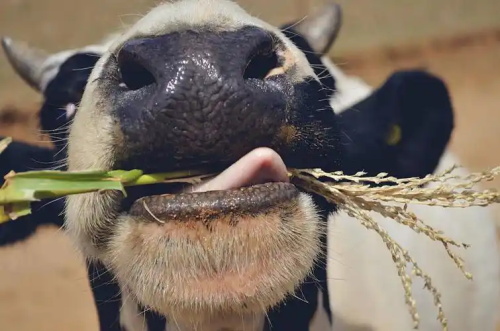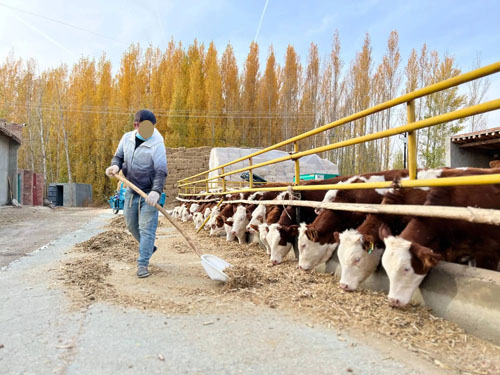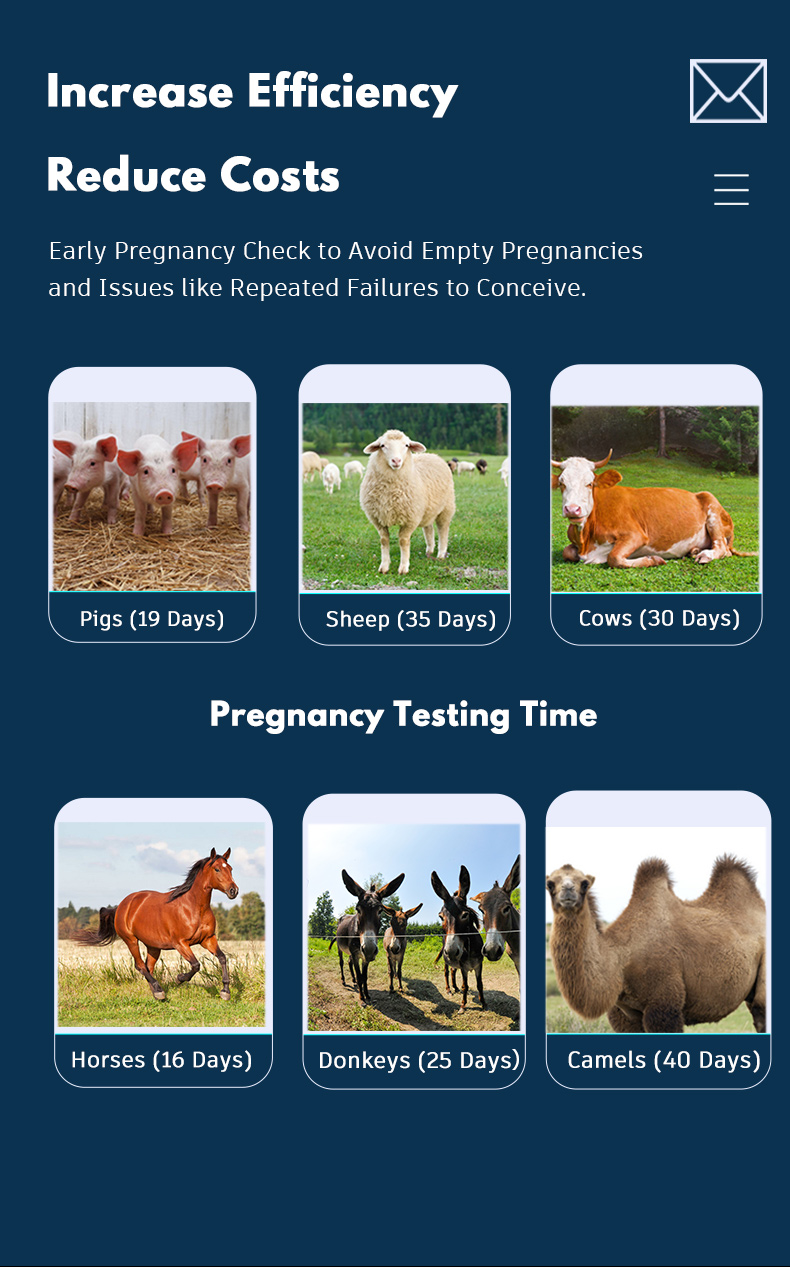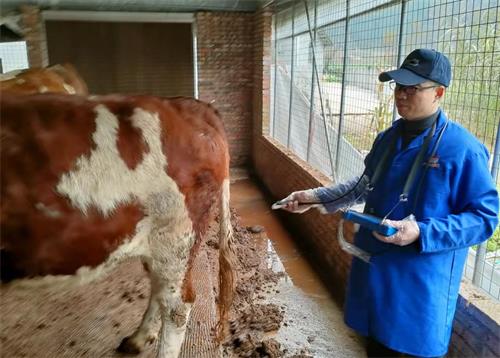How Do Feeding and Nutrition Affect Cow Reproductive Health?
Nutrition plays one of the biggest roles in dairy and beef herd fertility. Farmers often focus on genetics, heat detection, or insemination timing, but even the best management plan will fail if cows are not properly fed. Poor nutrition doesn’t just reduce milk yield—it directly affects reproductive health, delays return to heat after calving, and lowers conception rates. Understanding how feed impacts fertility helps farmers make better choices and avoid costly reproductive problems.

Body Condition and Fertility
The body condition score (BCS) is one of the most practical tools farmers can use to monitor cow health. Cows that are too thin may not cycle normally, while over-conditioned cows are more prone to calving difficulties and metabolic diseases. Both extremes lead to fertility problems. Ideally, cows should calve at a BCS of 2.75 to 3.25 on a 5-point scale. This balance ensures they have enough energy reserves for early lactation without becoming overweight.
Energy Balance After Calving
One of the most critical periods for fertility is the first 60 days after calving. During this time, cows often go into negative energy balance—burning more energy than they consume. This can delay the return of ovarian cycles and lower conception rates. Farmers should focus on high-energy diets, good forage quality, and balanced rations to reduce this gap.
| Nutritional Factor | Effect on Fertility | Farmer Action |
|---|---|---|
| Energy deficit post-calving | Delayed heat cycles | Provide high-energy rations |
| Low protein intake | Poor embryo development | Balance forage with protein sources |
| Mineral deficiencies | Weak ovarian function | Use mineral supplements |
| Excess body fat | Calving difficulties | Manage pre-calving diets |
Protein and Fertility
Protein is vital for milk production, but too much or too little can harm fertility. Low protein diets result in poor follicle growth and weak embryos. On the other hand, excessive protein leads to high blood urea nitrogen, which can disrupt the uterine environment and reduce conception. The key is balance—farmers should test forages and adjust protein levels with concentrates if needed.
Minerals and Vitamins
Minerals and vitamins often get less attention than energy or protein, but they are essential for reproductive health.
-
Calcium and phosphorus are critical for bone strength and milk production but also influence uterine recovery.
-
Selenium and vitamin E help prevent retained placentas and uterine infections.
-
Copper and zinc support ovarian activity and immune function.
Deficiencies may not be obvious at first, but over time they lead to lower fertility rates across the herd.
Heat Stress and Feeding
Feeding also interacts with environmental stress. In hot weather, cows eat less, leading to energy shortages. Farmers can counter this by offering more digestible feeds, increasing water availability, and feeding during cooler times of day. By reducing heat-related feed decline, cows maintain better body condition and fertility.

Practical Feeding Strategies for Better Fertility
Farmers can take several steps to ensure nutrition supports reproduction:
-
Regularly monitor BCS and adjust rations accordingly.
-
Provide consistent access to clean water.
-
Test forages to ensure proper protein and mineral balance.
-
Use total mixed rations (TMR) to prevent selective feeding.
-
Consult a nutritionist when fertility problems persist despite good management.
Conclusion
Feeding and nutrition are not just about maximizing milk yield—they are central to reproductive success. Energy balance, protein levels, and mineral supplementation all play key roles in determining how quickly cows return to heat, how strong embryos develop, and how reliable conception rates remain. By fine-tuning diets and monitoring herd condition, farmers can improve fertility, shorten calving intervals, and increase overall herd productivity.





